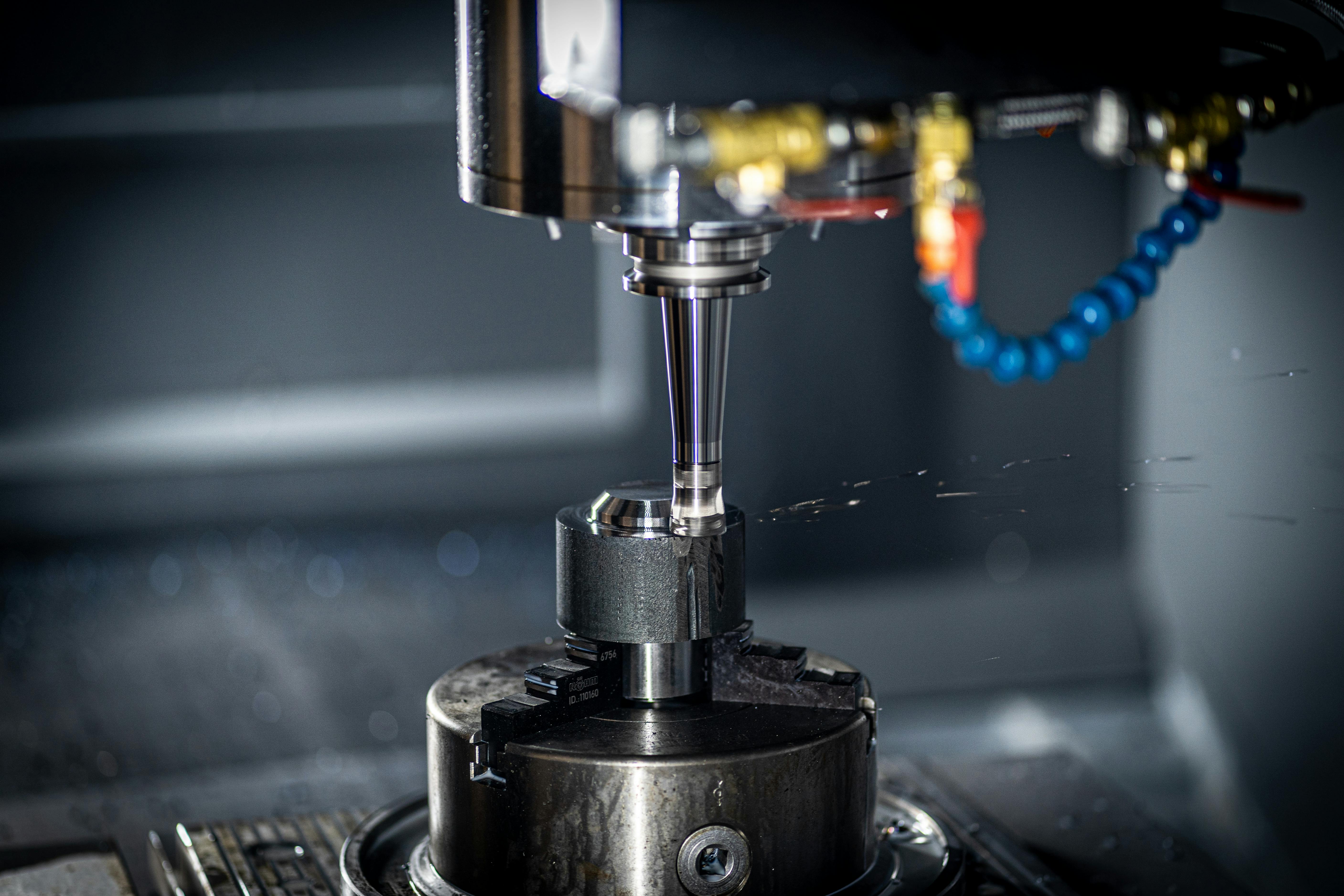
Precision engineering is an essential part of many industries, from aerospace and defense to medical devices and consumer products. As such, it is important to stay up-to-date on the latest trends and forecasts in the field. In this blog post, we will explore some of the most significant trends in precision engineering and share some professional forecasts and statistics on the industry’s growth and development.
One trend that is shaping the future of precision engineering is the increasing demand for precision components and assemblies. As companies seek to improve the performance and reliability of their products, they are turning to precision engineering techniques to produce more precise and accurate parts. For example, in the aerospace industry, companies are using precision engineering techniques to produce engine components that are more efficient and durable. In the medical device industry, precision engineering is being used to produce implantable devices with higher accuracy and reliability. According to a recent report by MarketsandMarkets, the global precision engineering market is expected to grow from $59.1 billion in 2020 to $78.9 billion by 2025, at a compound annual growth rate of 6.2%. This growth is driven by factors such as the increasing adoption of advanced technologies and materials, the growing demand for precision parts in industries such as aerospace and defense, and the increasing importance of regulatory compliance and quality control.
Another trend that is driving the growth of precision engineering is the increasing use of advanced technologies and materials. With the advent of 3D printing and other digital manufacturing techniques, it is now possible to produce complex parts and assemblies with unprecedented accuracy and efficiency. For example, using 3D printing, it is possible to produce parts with intricate geometries and fine details that would be impossible to produce using traditional machining techniques. This is particularly important in industries such as aerospace and defense, where precise and reliable components are critical to safety and performance. The use of advanced materials, such as lightweight and high-strength alloys, is also driving demand for precision engineering services, as companies seek to optimize the performance and durability of their products.
In addition to these trends, professional forecasts suggest that the precision engineering industry will continue to be driven by factors such as regulatory compliance, quality control, and customer demand. According to a recent survey of precision engineering professionals, the top challenges facing the industry include meeting customer expectations, managing regulatory requirements, and maintaining quality standards. To meet these challenges and succeed in the precision engineering industry, businesses and professionals must be agile, innovative, and customer-focused. For example, companies that are able to adapt to changing customer needs and preferences, such as by offering custom solutions or a wide range of materials and finishes, are more likely to thrive in the competitive precision engineering market.
Overall, the future of precision engineering looks bright, with strong growth forecasts and a wide range of opportunities for businesses and professionals. Whether you are just starting out in the field or are an experienced professional, staying up-to-date on the latest trends and forecasts is essential to success in this dynamic and rapidly-evolving industry.

Leave a Reply